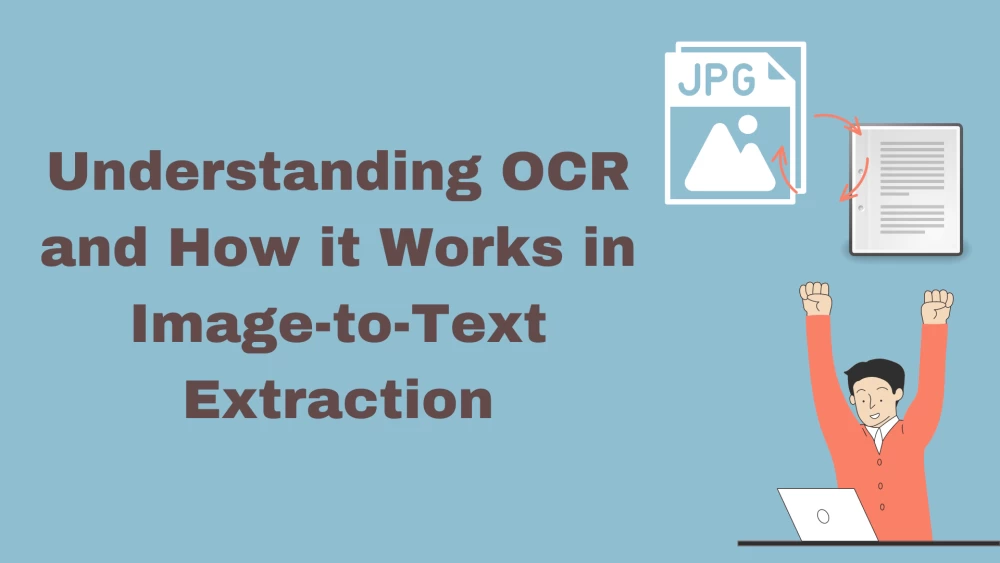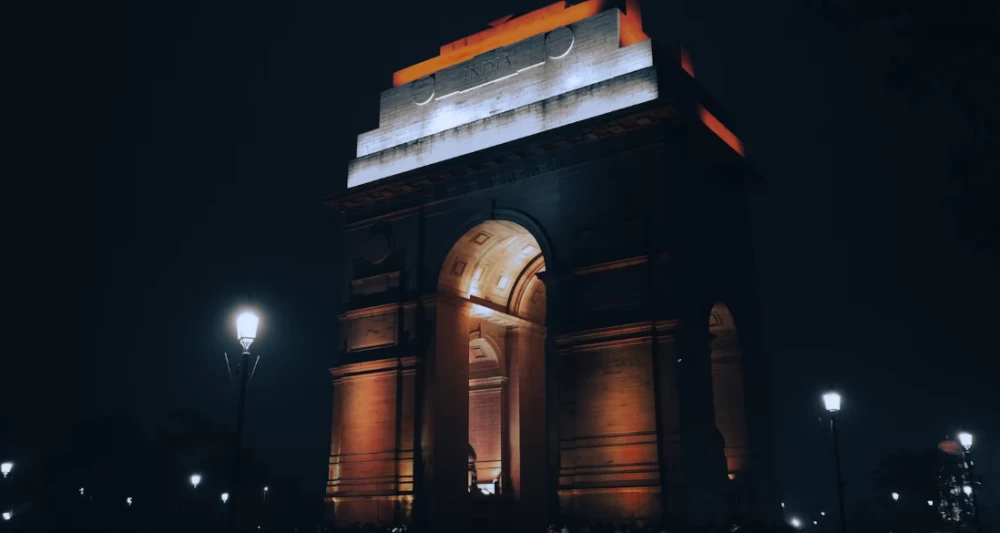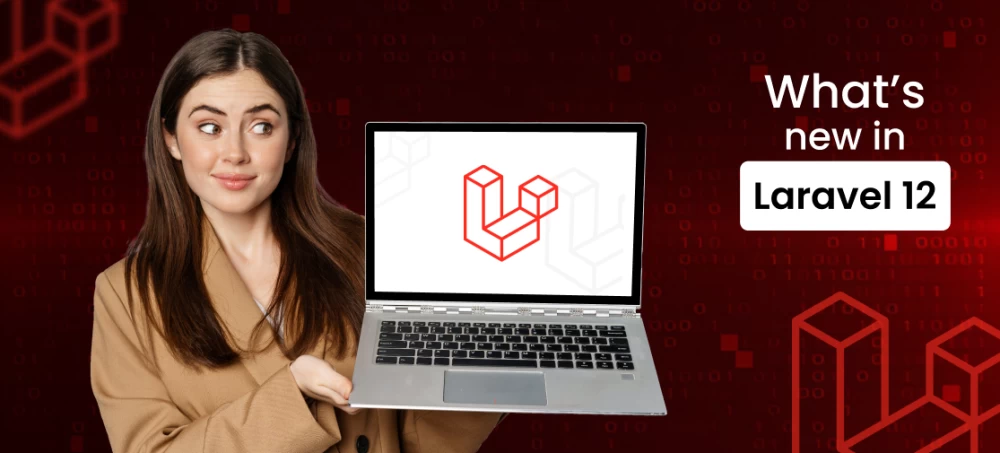Table of Contents
Image-to-text converters have made lives easier…especially for students and content writers. Normally, if anyone needed to extract the text written inside an image, they would have to do it manually, which takes a lot of time.
But with image-to-text extracting tools, the whole process is quickened and simplified. All it takes is a few seconds and you have the results all ready.
In this post, we’re going to be understanding the technology behind image-to-text extraction i.e., OCR. We’ll also look at the steps and processes that this technology utilizes for this purpose.
What is OCR?
OCR stands for optical character recognition. It is the technology using which characters in an image or in a physical document are recognized and converted into editable computerized text.
Depending on the type of OCR being employed by the tool/device to get text from image, the recognition of the characters is either based on a database-matching process or on specialized instructions given to the algorithm for each character.
For example, in a simple OCR device/tool, the scanned characters are matched against an existing database. If the characters match with any of the entries in the database, they are recognized and converted to editable text.
On the other hand, if the device/tool is equipped with artificial intelligence, it will not only check the characters against a database, but it will also identify them with the help of their salient physical properties. For example, the character ‘T’ will be recognized by its form i.e., the straight line with a horizontal bar on top.
Although the proliferation of OCR-based tools is something recent, it was introduced way back in the 20th century. It was around the 1970s when Ray Kurzweil first introduced his OCR scanning product to the consumer market.
Nowadays, OCR tools are available in the form of online tools and apps that can be accessed from personal computers and mobiles respectively.
How Does OCR Work in Image-to-Text Extraction?
The process of image-to-text extraction can be broken down into three phases i.e., pre-processing, processing and post-processing.
- Pre-Processing
In the pre-processing phase, the software i.e., the tool or application that you’re using, readies the image for the character recognition part. For the first part, the software gives the scanned image a fixed shape and form so that it can be easily recognized.
Then follows the de-skewing and binarization processes In the de-skewing process, the image is straightened in order to allow the software to easily recognize the text. This feature is useful in particular when the image happens to be of a physical paper or document.
The binarization process basically entails the conversion of the image into black-and-white colors. By giving the characters and the background two widely contrasting colors, the software is able to easily detect and recognize them.
- Processing
After all the preamble is done, the next thing that OCR does is actually recognize the text itself. There are mainly two methods that are used by OCR software in the processing phase. We discussed these in the section above as well.
Pattern Recognition (Non-AI): This method is used by simple tools i.e., the ones that don’t work on artificial intelligence.
In pattern recognition, the software matches the characters against an existing database. If the characters are found to match a letter, alphabet, symbol, or number in the database, it is interpreted as such. If it is not found, then the closest match is given or it is omitted altogether.
AI Recognition: In AI recognition, the software does not match the characters against a database. Rather, it looks at the features and structural properties of the characters and then converts them likewise.
For example, an AI-driven tool will recognize the letter ‘D’ by the properties ‘sideways semi-circle’ or ‘perpendicular arc joined with the straight line’ etc.
- Post-Processing
The post-processing phase can be different for every software. In this part, the extracted characters are polished and optimized for removing imperfections from them. These imperfections can include grammar errors, spelling errors, punctuation mistakes, etc.
Conclusion
OCR is a useful technology that holds utility in particular nowadays. Students use it for their assignments and lectures whereas content writers can use it for their own means.
In this post, we discussed how OCR works and the processes it uses to extract text from images. If you ever want to use an OCR tool or app for your own purposes, we suggest getting one that runs on AI-driven algorithms. You will be able to get more accurate results that way.

















